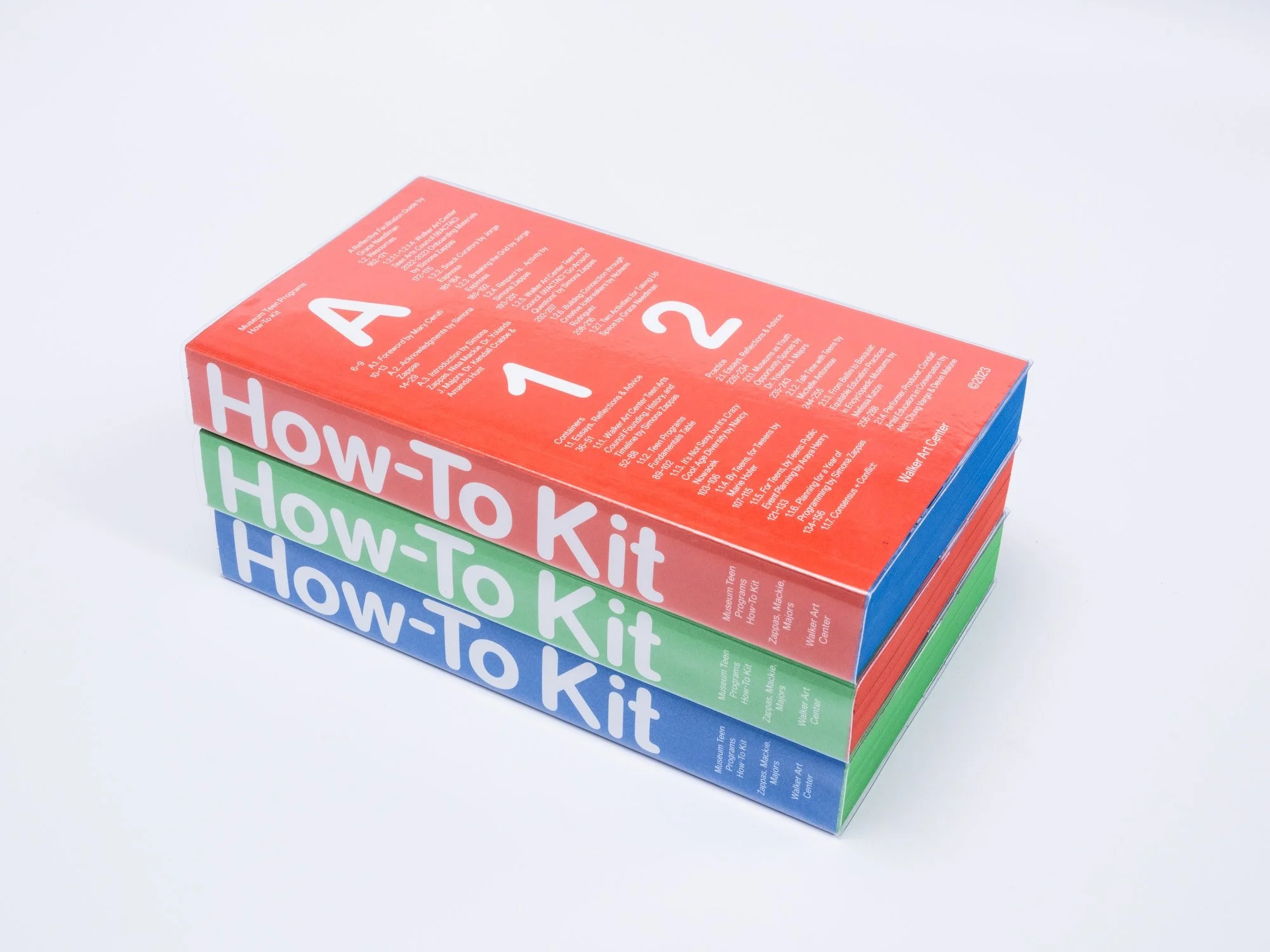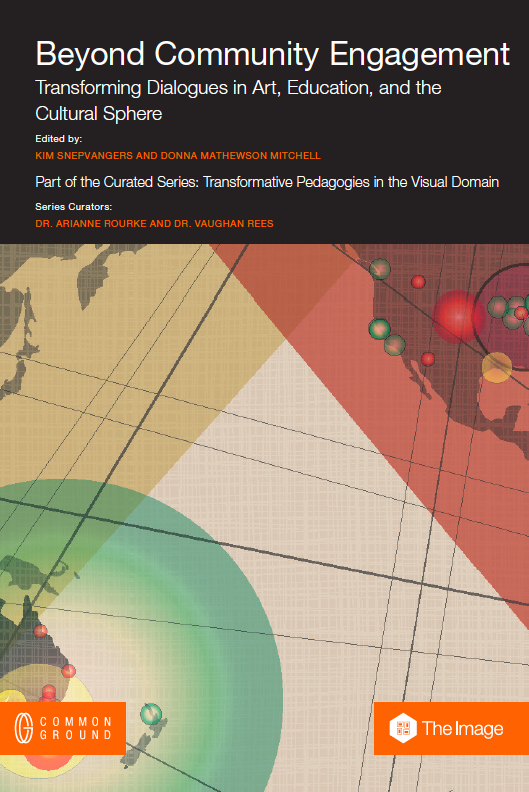yOUTH ENGAGEMENT RESEARCH
Research and evaluation are fundamental parts of my youth engagement practice. Understanding impact, defining “success”, learning from “failure”, working with curiosity and a commitment to capacity building and knowledge sharing, centring young people’s perspectives - these principles underpin my approach to every project I undertake.
Significant research projects I have been involved in can be found below:
MUSEUM TEEN EDUCATORS PEER LEARNING COMMUNITY, 2021-2023
In 2021 I was invited by the Walker Art Center in Minneapolis to participate in a Peer Learning Community with museum teen educators from across the United States.
The program was led by the Walker’s then-Director and Curator of Education and Public Programs, Nisa Mackie; Walker Teen Programs Convenor, Simona Zappas and academic Dr Yolanda Majors.
IMPACT EVALUATION STUDY – NATIONAL SUMMER ART SCHOLARSHIP PROGRAM, 2023
In 2022 arts consultant Morwenna Collett and I were commissioned by the National Gallery of Australia to undertake an impact evaluation of their annual National Summer Art Scholarship Program, which has been running since 1997.
BY YOUNG PEOPLE, FOR YOUNG PEOPLE - A REPORT ON THE IMPACT OF MCA GENEXT, 2019
During my time as Young Creatives Producer at MCA Australia, I worked with cultural research agency Patternmakers to undertake a major impact evaluation of MCA GENEXT, the Museum’s flagship event for young people aged 12-18 that launched in 2005 and by 2021 had welcomed over 32,000 people to the Museum.
ACADEMIC PUBLISHING & WRITING ON MUSEUM EDUCATION:
YOUTH PROGRAMS IN ART MUSEUMS: AN INTERNATIONAL PERSPECTIVE
ed. Ai Wee Seow, Susan McCollough & Heather Maxson
Routledge, 2025
Youth Programs in Art Museums examines the processes and motivation behind the creation of thoughtful offerings for youth audiences by museums around the world.
With over 50 contributors representing 20 countries, the book considers how museums can be relevant to youth audiences through the development and implementation of programs that respond to their interests and needs and are grounded in cultural contexts.
My chapter, “Where to From Here? Reflections on Future-Proofing People, Programs, and Museums” reflects on the learnings I have taken forward from programs including MCA GENEXT and the National Young Writers Program, and the development of my intermediary arts practice with a view to future-proofing youth arts programs in Australia.
MUSEUM TEEN PROGRAM HOW-TO KIT
ed. Simona Zappas, Nisa Mackie and Dr Yolanda Majors.
Walker Art Center, Minneapolis, 2023
Museum Teen Program How-To Kit includes comprehensive essays, activities and reflections that look at complex pedagogies, social justice, group dynamics, teen subcultures and institutional complexities, was born out of a six-month long peer-learning community in 2021 and builds on years of research by the Walker Art Center investigating teen arts programming and pedagogy.
Nisa Mackie, who was then the Walker’s Director and Curator of Education and Public Programs, explained of the publication: “We wanted to create a book that specifically advises how to structure a teen council, navigate the museum-as-institution (and how young people contend with it), and support group facilitation techniques.”
My essay “Heartbreakers and Troublemakers: How to Navigate, Embrace & Ultimately Survive Disruption” can be found on pp.396-410.
A full, free PDF of the book is available via the link below.
You can read more about the PLC and my participation here.
BEYOND COMMUNITY ENGAGEMENT: TRANSFORMING DIALOGUES IN ART, EDUCATION AND THE CULTURAL SPHERE
ed. Kym Snepvangers and Donna Mathewson-Mitchell.
UNSW / Common Ground Publishing, 2018
Beyond Community Engagement features a peer-reviewed chapter co-authored by Jo Higgins and Sarah Coffils, “Collaboration or cooperation: Peer-led learning and institutional partnerships through two case studies.”
The chapter explores, from a practitioner-based perspective, two recent arts projects that employed peer-led and project-based models of learning to engage with audiences of young people aged 13-25.
These projects include the London-based Louis Vuitton Young Arts Project and the Pilot Regional Youth Engagement Project that formed part of Kaldor Public Art Projects’ Project 30 - Marina Abramovic: In Residence.
You can read more about Sarah’s and my chapter, including our abstract, and the approach we took to writing this paper here.





